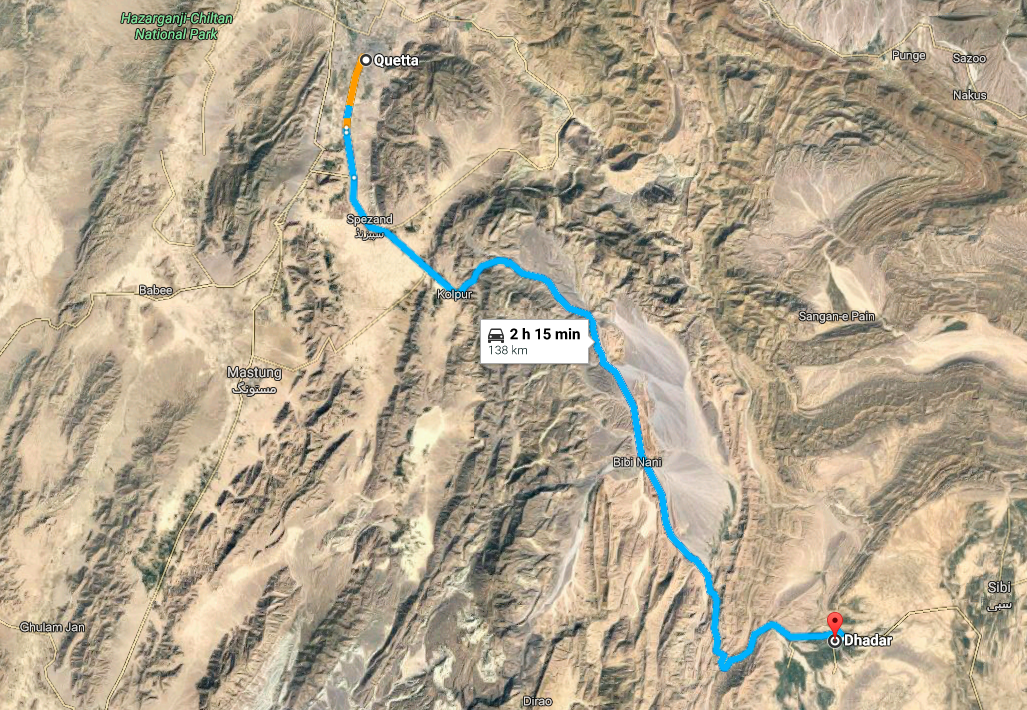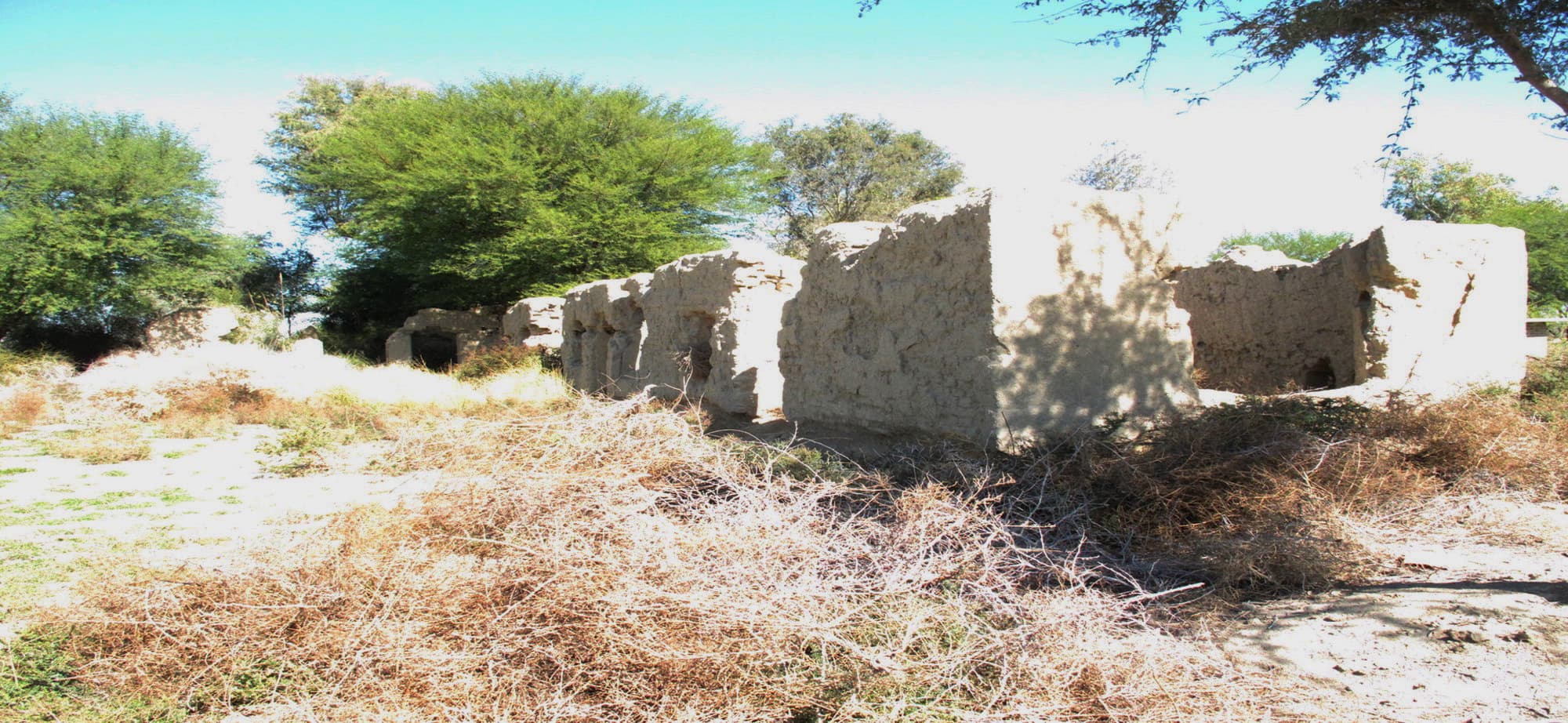The lost civilisation of Mehrgarh: A treasure in ruins
Lost amid the landscape of social strife that engulfs Balochistan is its cultural and historical heritage. While textbooks and documentaries have delved deep into Mohenjo-daro and the Indus Valley civilisation, little attention has been paid to the oldest civilisation in Mehrgarh.
On a bright and sunny day, after heavy rain and snow in Quetta, I decided the time was perfect to leave for Mehrgarh. Passing through the majestic mountains of Bolan I reached Dhadar after a two and half hour journey. After a short pit stop and a rendezvous with a local reporter, we set off for Mehrgarh.

Although it is said to be 20 to 30 minutes away from Dhadar, it took us almost an hour to reach Mehrgarh due to the vast number of informal settlements around the site. As we approached the location, it was different to what I had imagined. In native Balochi, 'mehr' stands for love and 'garh' for heaven, translating Mehrgarh into ‘the heaven for love’, yet the site was a picture of negligence.

Having conducted initial excavations between 1975 and 1985, with help from the Department of Archaeology of Pakistan, renowned archaeologist Jean-Francois Jarrige returned to Mehrgarh in 1997. Since the culmination of the excavation work in 2000, Mehrgarh has steadily deteriorated, a result of the provincial and federal governments' negligence.
While rain has also played a significant role in corroding the land, settlements on the periphery of the site have lead to a further decline and theft of stolen artefacts.
“Yes. I buy valuable items, which we get from the ancient sites in Balochistan from local people," admits a local resident, hesitant about revealing his identity. "After that, we have dealers... who get us paid handsomely [for] it," he concludes, cautiously.
Read: Balochistan's stolen antiques recovered from Rome
Quetta-based archeologists claim excavations are proving difficult due to tribal feuds and a poor security situation. “More excavations are needed in the surrounding areas, the river bank of Bolan and other villages close by,” Shah Mohammad Marri, a Baloch historian, argues in favour of further exploring the history of our region.
Seated on a chair in his lab on Quetta's Fatima Jinnah road, Marri is keen on uncovering the historical significance of the region. "Mehrgarh is one of the ancient civilisations of the world, dating back 11,000 years," he claims, adding, "it is older than the Egyptian and Mesopotamian civilisations."

Going by the uncovered artefacts, Marri deduces that Mehrgarh was a highly developed society, having trade links with Badakhshan of Afghanistan. "There was a precious stone found only in Badakshan which belonged to Mehrgarh,” divulges Marri.
This statement is supported by Karachi-based anthropologist and lecturer at Habib University, Hafeez Ahmad Jamali. "The existence of seals or seal like objects show that certain levels of trading also existed there... because they denoted particular regions," Jamali elaborates.
Jamali feels several layers were uncovered during the span of Jarrige's excavation, with each layer dating the civilisation further back. According to Jamali, the primary layer that was excavated predates the Iron and Bronze Age, alluding to tools and artefacts, which are symbolic of the Stone Age.

Despite an elapsed time of a few thousand years, certain cultural traits still prevail in Balochistan till this day. "Many areas of Balochistan, the surroundings of Sibi and Dhadar, are occupied by nomadic and semi-nomadic tribes engaged in herding and pastoralism," explains Ayub Baloch, a veteran Quetta-based anthropologist.
"The town of Sibi boasts about their numerous links that depict continuity," claims Baloch, adding that, "pottery resembling that of Mehrgarh is still made, decorated and used in Sibi and its adjacent areas, establishing another undetached linkage between the past and the present."
Historically, it is clear that Balochistan, along with much of Pakistan, has great significance. Its cultural traits have survived different religious beliefs and societal trends. However, despite an array of archeological sites, Balochistan does not have an archeology department at the University of Balochistan, which is why these sites in the province are crumbling.



